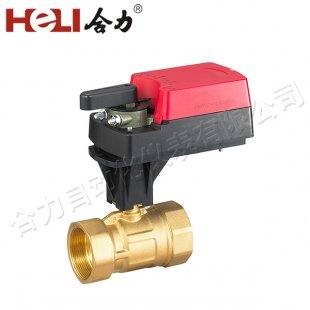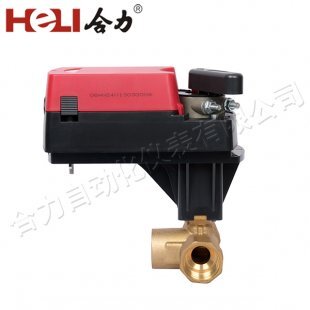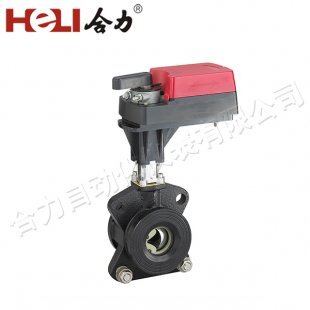Lithium battery technology has been at the forefront of the renewable energy revolution, powering everything from electric vehicles to smartphones. With the rapid development of advanced battery technologies, there is an increasing need for precision in controlling the various components that make up these systems. One such component that has gained significant attention in recent years is the lithium battery damper actuator, a device that plays a crucial role in regulating the temperature and maintaining the safety and efficiency of lithium-ion batteries.

Understanding the Function of a Damper Actuator

A damper actuator is an essential part of the thermal management system in lithium-ion battery packs. As these batteries charge and discharge, they generate heat, which, if not managed correctly, can lead to reduced performance, thermal runaway, or even catastrophic failure. The damper actuator, as its name suggests, helps control airflow within the battery system by adjusting vents or dampers. This ensures that the battery pack stays within its optimal temperature range, enhancing performance and longevity. The lithium battery damper actuator is designed to automatically open or close dampers based on the temperature or pressure changes inside the battery pack. In this way, it maintains a controlled environment, preventing overheating while also improving energy efficiency. In many cases, it is part of a larger thermal management system that includes fans, coolants, and temperature sensors, working in harmony to ensure that the battery operates at peak efficiency.
